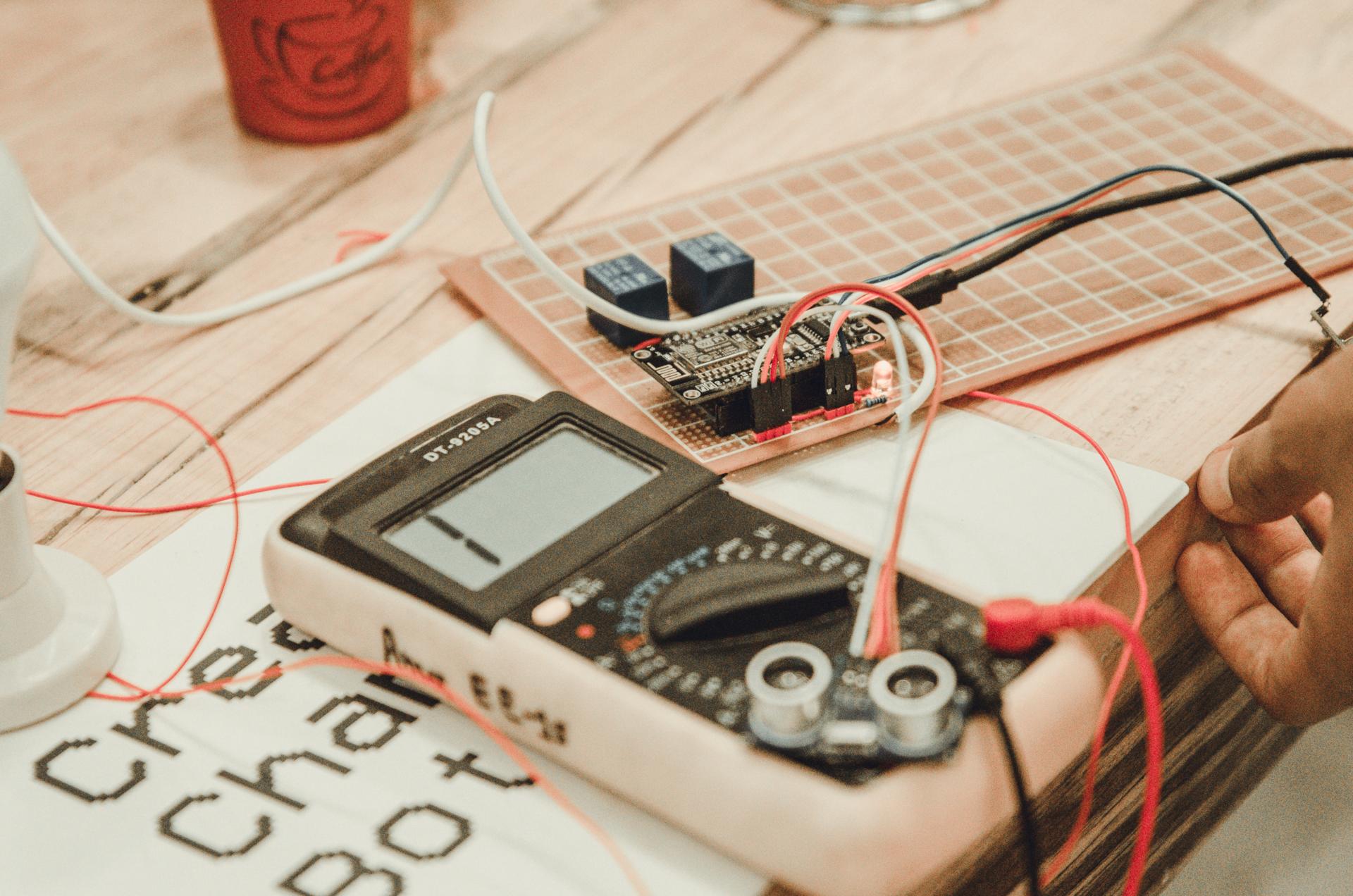Do-It-Yourself Electrical Safety Testing: A Guide for Homeowners

When it comes to home safety one of the most important areas to consider is electrical safety. Testing for electrical safety is the process of checking the electrical system of your home to be sure that it’s safe and current. In this article we’ll give you information on what the electrical safety tests are, what tools will be required in order to carry them out, how to perform the tests, and the warning signs to be aware of.
What is the definition of an Electrical Safety Test?
A safety test for electrical appliances is the procedure of examining the electrical system in your home to make sure it’s functioning safely and in a proper manner. Safety tests for electrical appliances are crucial as they can prevent electrical accidents and fires as well as ensure the durability the electrical systems you have.
Tools Needed to conduct an electrical Safety Test
To conduct an electrical safety test, you’ll need a few essential tools. These include an electrical voltage tester, a continuity tester, circuit tester and the outlet tester. A voltage tester can test for live circuits while the continuity tester looks for broken circuits. The circuit tester is utilized to detect wiring problems as well as outlets testers are utilized to identify electrical issues in outlets. It’s important to use these devices correctly to get precise results.
How do I Conduct an Electrical Safety Test
To perform the electrical test inside your home, follow these steps:
Turn off the power to the circuit you’re trying to test.
Utilize the voltage tester to look for live circuits.
Utilize the test for continuity to look for damaged circuits.
Use the circuit tester to test for wiring faults.
Make use of the outlet tester to look for electrical problems in the outlets.
During the testing process make sure you look for any evidence of wear or damage on the wiring, such as frayed or broken wires, burn marks or loose connections. If you spot any problems that need attention, you must address them as quickly as you can to prevent any potential dangers.
Signs of Electrical Problems to Look Out for
There are many indicators that may indicate electrical problems in your home. This includes flickering lights and frequent circuit breaker trips and crackling or buzzing sounds emanating from outlets. They also include hot or discolored outlets, and a burning smell. If you notice any of these signs, it’s important to take action immediately to avoid any electrical dangers.
Conclusion
Safety tests for electrical appliances are essential to ensure the safety of your home and your family. Through regular testing and taking care to address any issues immediately you will be able to prevent hazards to electrical equipment and extend the life of your electrical system. If you require assistance in electrical repairs or testing Don’t hesitate to reach out to Local Electrician Mornington. Our team of experts can provide you with expert guidance and assistance. Contact us at 1300 933 820 to schedule an appointment or request a quotation.
FAQ Section
What is the recommended frequency to perform an electrical safety test at my home?
We recommend conducting safety tests for electrical equipment at least every year.
Do I have the ability to conduct an electrical safety test on my own or do I need the help of a specialist?
While you can perform an electrical safety test by yourself however, it’s advised to employ a professional to ensure accurate results and prevent potential hazards.
What are the most frequently encountered electrical problems found in an electrical safety test?
The most frequently-repeated electrical issues discovered during a safety check comprise malfunctioning wiring, overloaded circuits and obsolete electrical systems.
What do I do if find an issue during the electrical safety check?
If you discover a problem in the electrical safety test It is crucial to act quickly. This may include making contact with an experienced electrician to address the issue or replacing the equipment that is malfunctioning.
